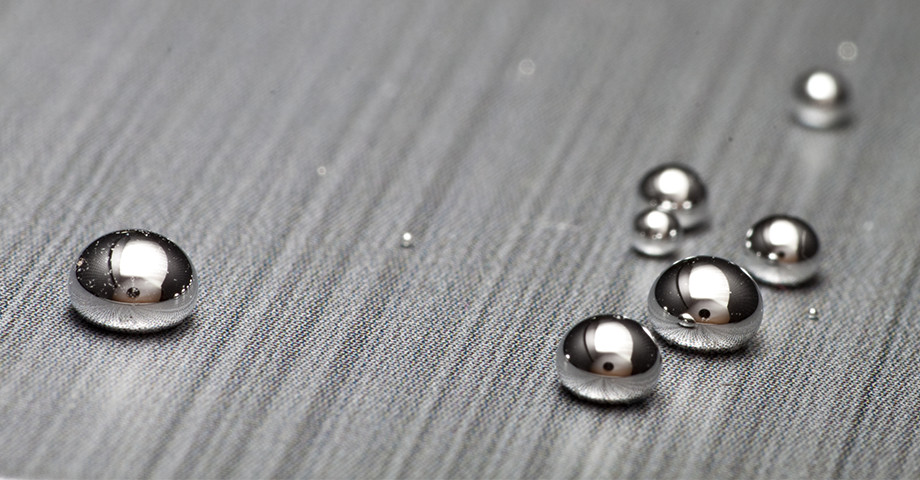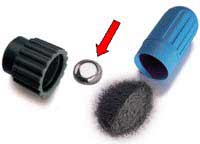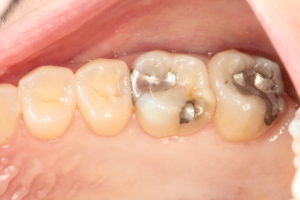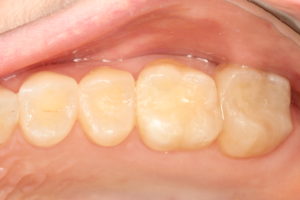Dental amalgam fillings are also known as “silver fillings” because they look silver in your mouth. This term is somewhat misleading as the silver filling also contains approximately 50% elemental mercury.
Used for over 150 years, amalgam is comprised of a mixture of metals, including liquid (elemental) mercury and a powdered alloy of silver, tin, and copper. The chemical properties of these materials create a reaction that allows silver, copper and tin alloy to bind together to form an amalgam filling.
The Danger of Mercury Fillings?
Elemental mercury is toxic, quickly absorbed and distributed to the major organs such as the brain, kidney and liver. Individual responses to this mercury exposure vary from individual to individual. Scientific studies have identified dental mercury as a potential cause or risk factor for the following conditions:
- Allergies
- Antibiotic resistance
- Alzheimer’s Disease
- Autism Spectrum Disorders
- Chronic Fatigue Syndrome
- Kidney Disease
- Oral Lichen Planus
- Depression and Anxiety
- Multiple Sclerosis
- Parkinson’s disease
- ALS ( Lou Gehrig’s Disease)
- Autoimmune disorders/immunodeficiency
- Reproductive Disfunction
- Cardiovascular Problems
- Periodontal Disease
- Hearing loss
- Thyroiditis
I am concerned about my health and my dental amalgam fillings. How should I have my fillings removed?
The short answer is very carefully! When removing mercury fillings, mercury vapour will form if the treating dentist does not take specific precautions. As the most toxic form of elemental mercury is vapour, we use all available procedures and products to ensure your safety during the removal procedure.
To learn more about the recommended safety procedures we use, please click here.
Why do teeth with Amalgam fillings often fracture?
The fracturing of teeth comes from the properties of elemental mercury. Mercury has been used to make thermometers because it expands when heated and contracts when cooled (when the temperature rises outside, the mercury inside the thermometer rises, when the temperature falls, the mercury falls). This same property affects an amalgam filling comprised of 50% mercury. When we eat hot foods, the filling expands; when our mouth cools, the filling contracts. Over time, the expansion and contraction weaken the tooth structure resulting in fractures.
The Good News!
Advancements in dental products and technology have created dental products that can replace dental amalgam with materials that bond to the natural tooth structure and do not contain elemental mercury. These composite materials include glass particles and resin bonding to the tooth’s natural enamel and dentin when placed and properly cured. (Dental amalgam does not bond) Composite does not expand and contract but aids in holding the tooth together, creating a healthier long-term situation for the tooth and the patient.
Learn the most essential dental mercury facts by using these resources from the IAOMT:
International Association of Oral Medicine and Toxicology
December 2016 EU bans dental amalgam
BC Capital Region District Requirements for Removing Dental Amalgam Waste from Dental Offices
https://www.crd.bc.ca/docs/default-source/source-control-pdf/bmp-dental-operation.pdf
CBC article regarding the banning of dental amalgam
http://www.cbc.ca/news/fda-reopens-debate-on-dental-amalgam-fillings-1.950295





